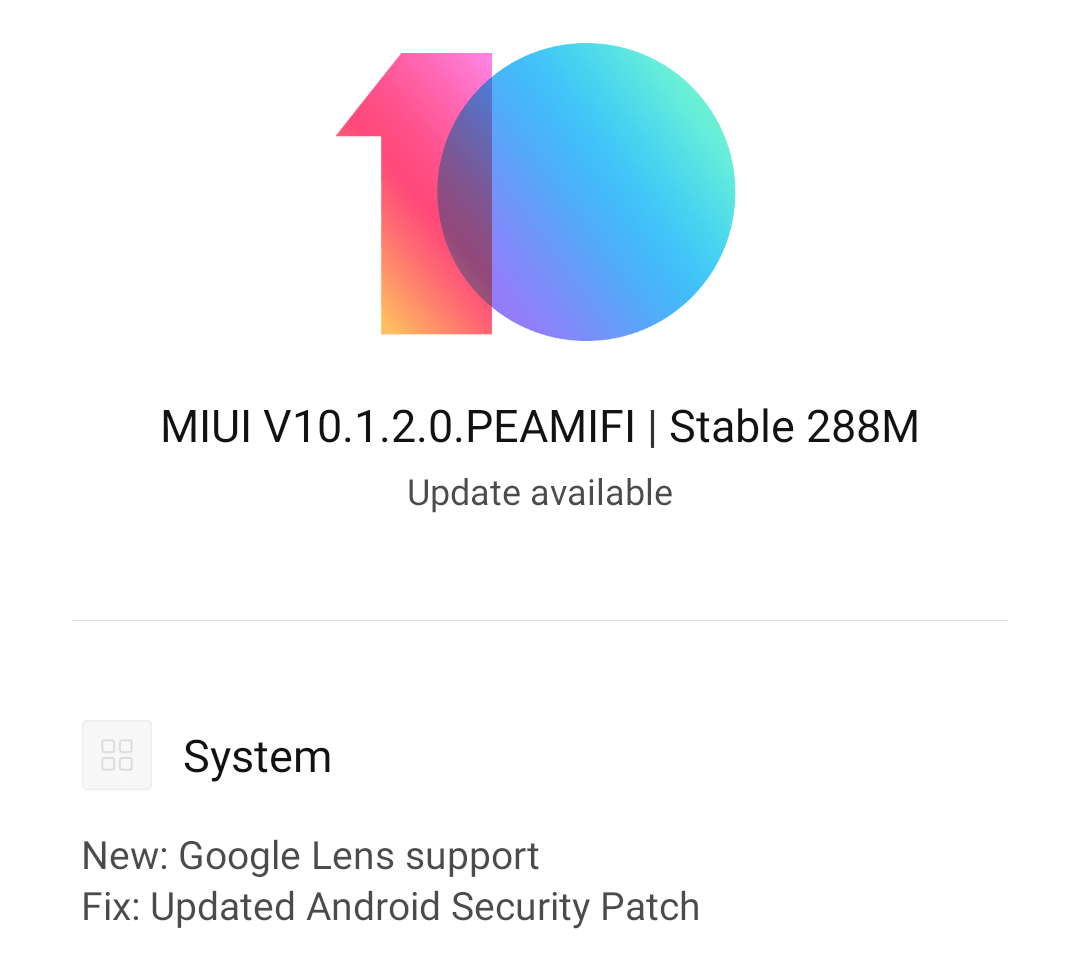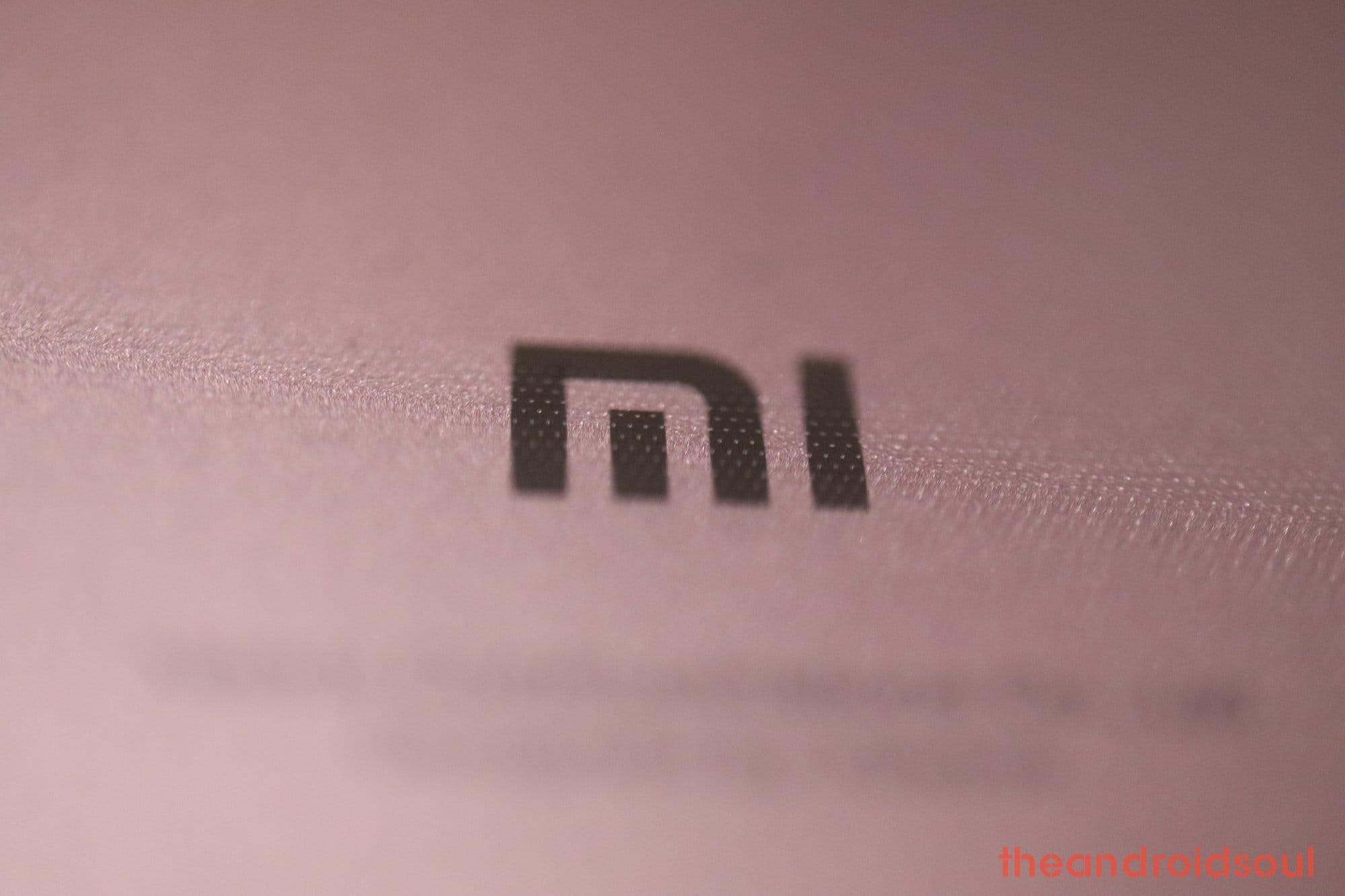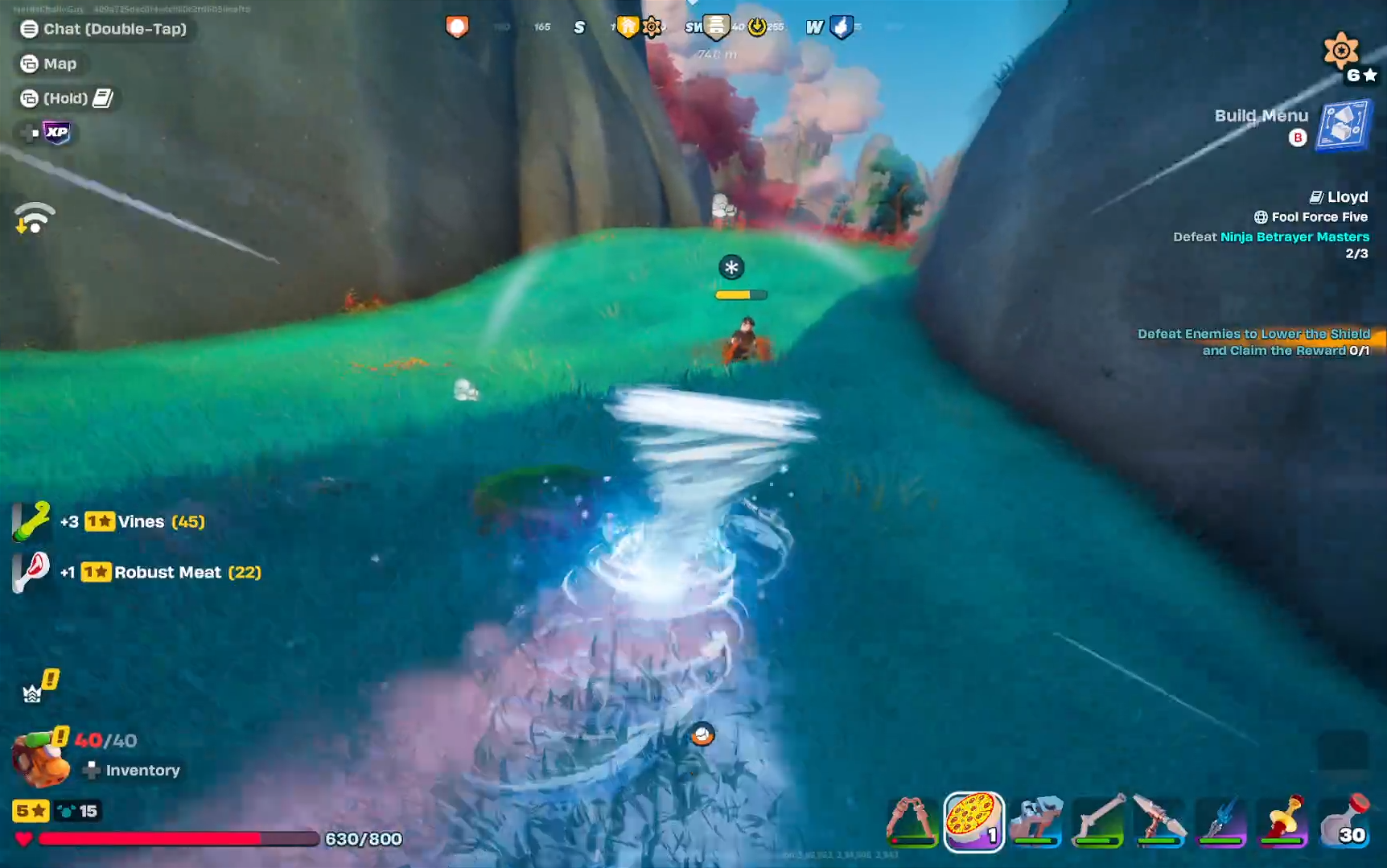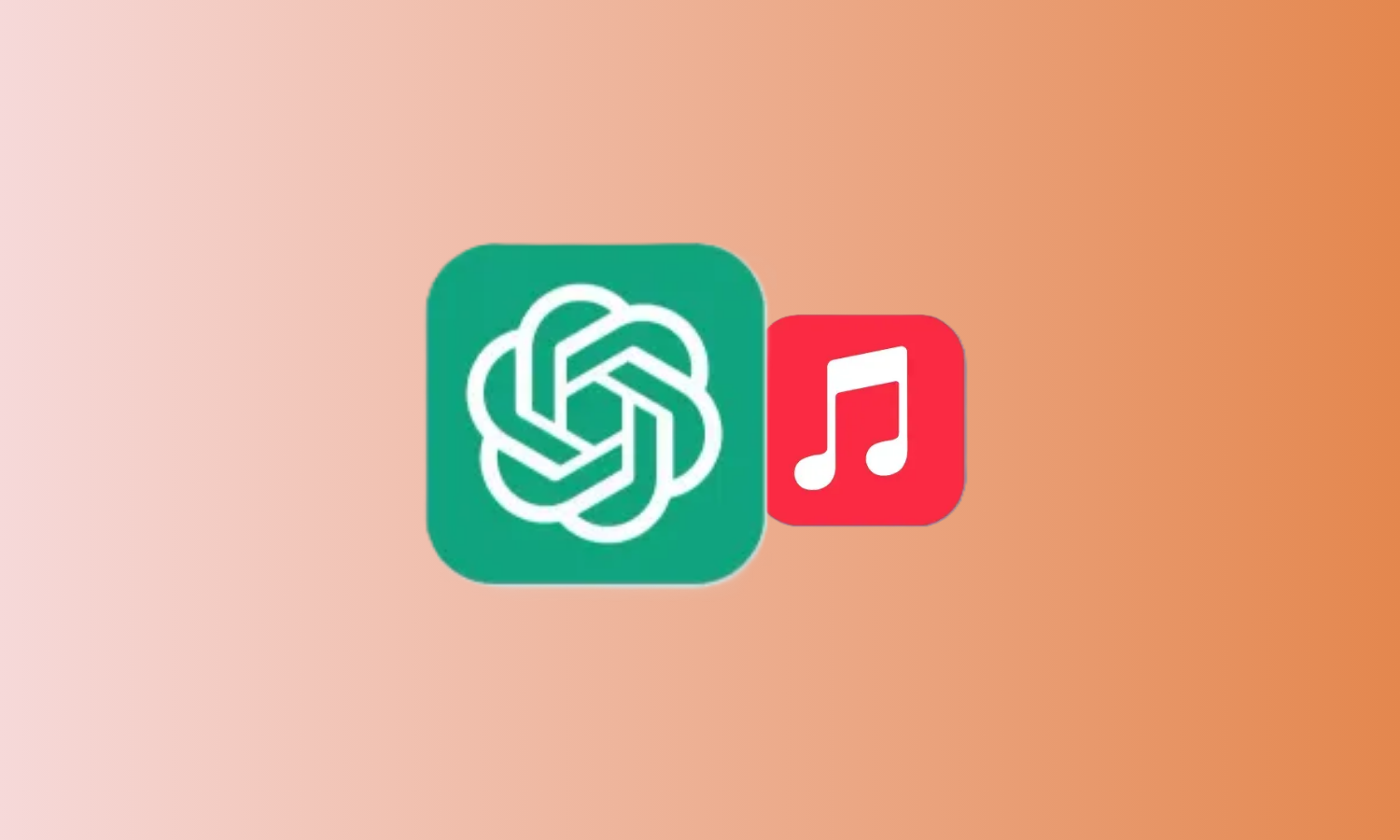Xiaomi has finally released the much-awaited Mi 8 update that brings support for super slow mo video recording at 960FPS and Google Lens. This is big, but in case you can’t figure it out already, check out this video comparing the Galaxy S9’s super slow motion video in 960FPS with iPhone X’s 240FPS slow-motion recording.
The MIUI 10 update 10.1.2 is rolling out as an OTA already as we speak, so be sure to hit the ‘check for update’ button under the Updates menu in Settings app of your Mi 8 now to grab the update at the earliest. Of course, we will be posting the download link of the update at our Mi 8 update download page too, pretty soon.
Related:
- Xiaomi Android Pie release date and device list
- When will my Android device get Android 9 Pie update?
The update was made available to select few users for testing some time ago, but now it’s been released for the public. The beta update already gave us a good idea of what we could expect from the MIUI 10.1.2 update.
Besides the 960FPS super slow-motion recording — Xiaomi’s Poco F1 supports super slo-mo too — and Google Lens support, the MIUI 10.1.2 update also installs the latest security patch, and fixes problems with media playback volume and optimizing the Apps section in the Settings app.
By bringing in Google’s Image Recognition feature in Google Lens to Mi 8, Xiaomi has empowered its super sharp cameras with a powerful AI tool that can scan things and retrieve relevant information from Google’s vast databases. Google Lens works in synchronization with Google Photos and Google Assistant, so you would do well to bring them in too.

With the introduction of super slow motion video capture feature, the gracious Mi 8 — Xiaomi’s best Android phone — gains the ability to record videos at up to 960 frames per second, and that is very, very slow. If you were buying the Galaxy S8, S9, Note 8 and Note 9 just for that, now you don’t have too. In case you’re wondering, while Samsung introduced the super slow mo recording with S9 and S9 Plus, it later updated the Galaxy S8 and Galaxy Note 8 too to add the feature to its 2017 flagships.
Wait, there’s more: Night Scene has also been introduced, which is a sort of an iteration of Google Night Sight. Yet another function of Artificial Intelligence, Night Scene metaphorically turns Xiaomi’s cameras from human eyes to owl eyes — meaning the cameras now see far, far better in the dark.













Discussion